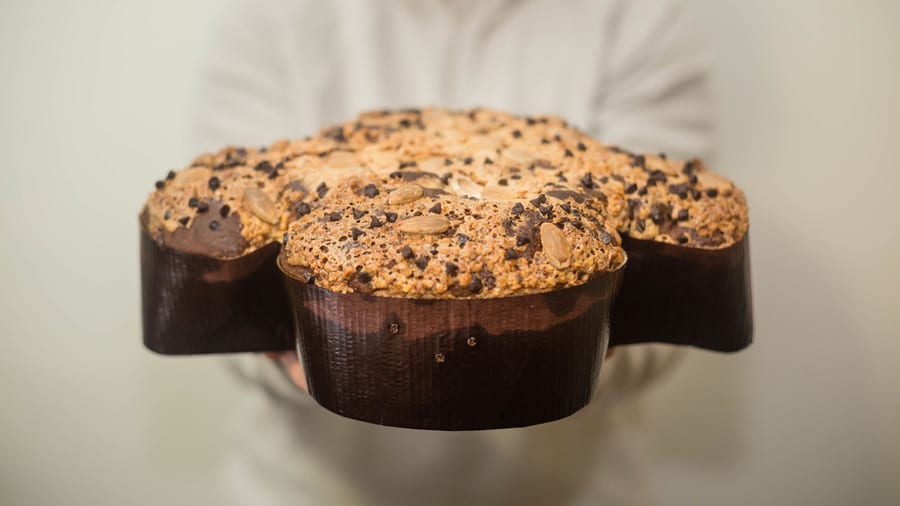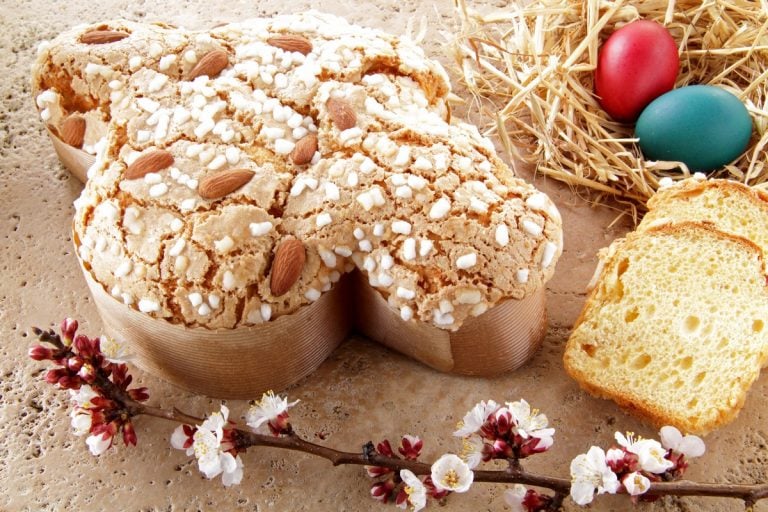History of Italian Easter colomba
There is no Easter without chocolate eggs, but not even without colomba (literally meaning "dove"): the Lombard leavened cake made of wheat flour, sugar, eggs, candied citrus peels, yeast, and salt is the perfect end to the Easter breakfast or lunch. The dove symbolizes peace and salvation, taken from a biblical story: the return of the dove to Noah's ark carrying an olive branch in its beak, a sign of the end of the Great Flood. There are many stories about the origin of this recipe: among the most famous ones, the one of King Alboino, who in 572 DC saved the city of Pavia from being sacked on Easter Eve, caught up in emotions after tasting a delicious, sweet dove-shaped bread.

Another legend has it that the leavened cake was born in Legnano, following the battle in 1176 won by the Lombard League against Federico Barbarossa: to celebrate the victory, the commander had special breads made as a tribute to the three doves that had guarded the Lombard insignia. Over time, many versions of this cake have arisen, enriched with chocolate, custard, jams and nuts, yet all featuring the same unique shape and basic dough.


 Meloni: "Tariffs? If necessary, there will be consequences. Heavy impact on agri-food sector"
Meloni: "Tariffs? If necessary, there will be consequences. Heavy impact on agri-food sector" The Government honours the greats of Italian cuisine, from Bottura to Pepe. Massari: "Thank you, Meloni, the only one who listened to us"
The Government honours the greats of Italian cuisine, from Bottura to Pepe. Massari: "Thank you, Meloni, the only one who listened to us" "We must promote a cuisine that is not just for the few." Interview with Massimo Bottura
"We must promote a cuisine that is not just for the few." Interview with Massimo Bottura Wine was a drink of the people as early as the Early Bronze Age. A study disproves the ancient elitism of Bacchus’ nectar
Wine was a drink of the people as early as the Early Bronze Age. A study disproves the ancient elitism of Bacchus’ nectar "From 2nd April, US tariffs between 10% and 25% on wine as well." The announcement from the Wine Trade Alliance
"From 2nd April, US tariffs between 10% and 25% on wine as well." The announcement from the Wine Trade Alliance






